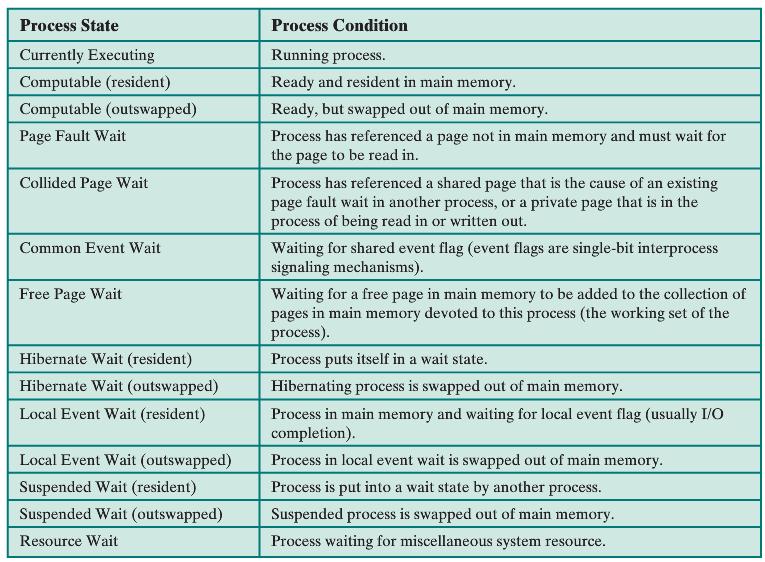The VAX/VMS operating system makes use of four processor access modes to facilitate the protection and sharing
Question:
The VAX/VMS operating system makes use of four processor access modes to facilitate the protection and sharing of system resources among processes. The access mode determines
• Instruction execution privileges: What instructions the processor may execute
• Memory access privileges: Which locations in virtual memory the current instruction may access

The four modes are as follows:
• Kernel: Executes the kernel of the VMS operating system, which includes memory management, interrupt handling, and I/O operations
• Executive: Executes many of the OS service calls, including file and record (disk and tape) management routines
• Supervisor: Executes other OS services, such as responses to user commands
• User: Executes user programs, plus utilities such as compilers, editors, linkers, and debuggers
A process executing in a less privileged mode often needs to call a procedure that executes in a more privileged mode; for example, a user program requires an operating system service. This call is achieved by using a change-mode (CHM) instruction, which causes an interrupt that transfers control to a routine at the new access mode. A return is made by executing the REI (return from exception or interrupt) instruction.
a. A number of operating systems have two modes, kernel and user. What are the advantages and disadvantages of providing four modes instead of two?
b. Can you make a case for even more than four modes?
Step by Step Answer:

Operating Systems Internals and Design Principles
ISBN: 978-0133805918
8th edition
Authors: William Stallings





